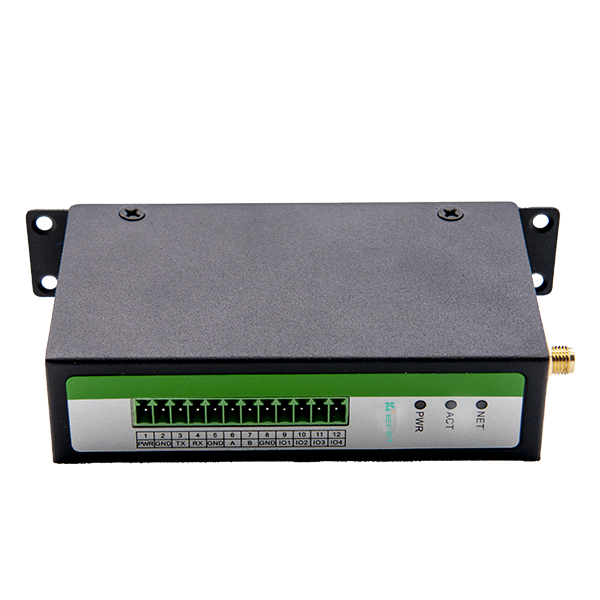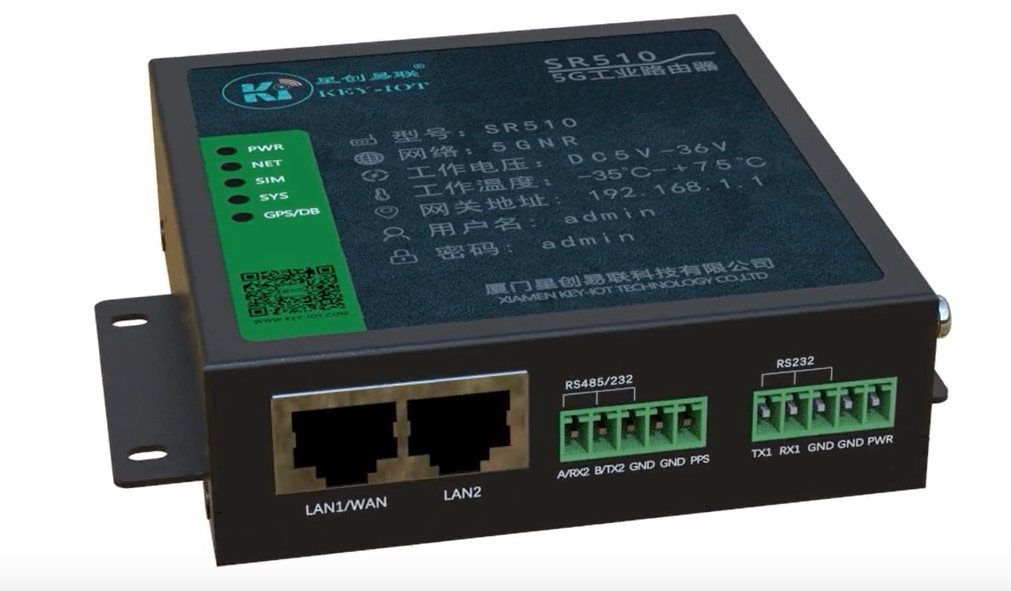
Wireless communication meets the needs of various services including data, IoT, voice, and positioning, providing comprehensive wireless connectivity to achieve full connections between people, people and things, and things and things. Industrial wireless communication devices, as core equipment, facilitate data exchange between sensing devices, industrial control equipment, and management centers. This enables real-time online monitoring of target data, remote control of equipment, and remote management and maintenance, achieving the goals of industrial production automation and intelligent operation.
Types of Industrial Wireless Communication Devices:
1. LTE Modem
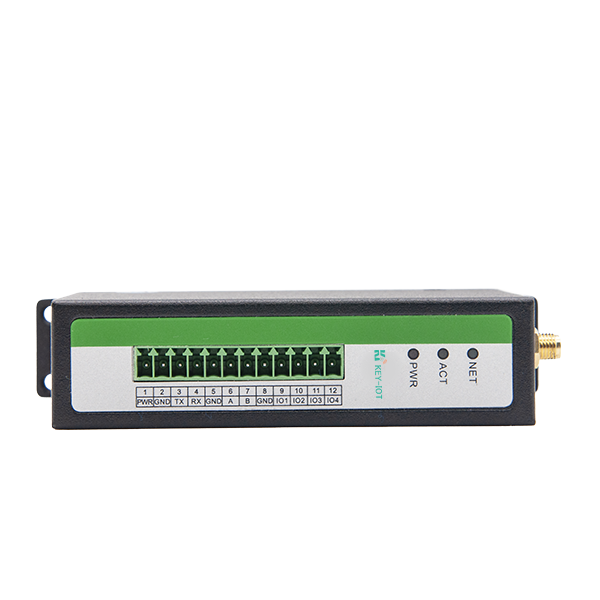
An LTE modem is a wireless terminal device specifically designed to convert serial data to IP data (or vice versa) and transmit it through wireless communication networks. It features RS232/485 interfaces, embedded TCP protocol, and enables data upload via wireless networks.
2. Industrial Router

Industrial routers support 4G/3G networks with backward compatibility for EDGE, CDMA 1X, and GPRS networks. They support various VPN protocols (OpenVPN, IPSEC, PPTP, L2TP, etc.) for secure and reliable data transmission. These routers typically include RS232 (RS485 optional), Ethernet interfaces, and Wi-Fi functionality. They help users quickly access high-speed internet and are widely used in transportation, power, finance, water conservancy, meteorology, environmental protection, industrial automation, energy and mining, healthcare, agriculture, forestry, oil, construction, intelligent transportation, and smart home IoT applications.
3. Industrial Gateway
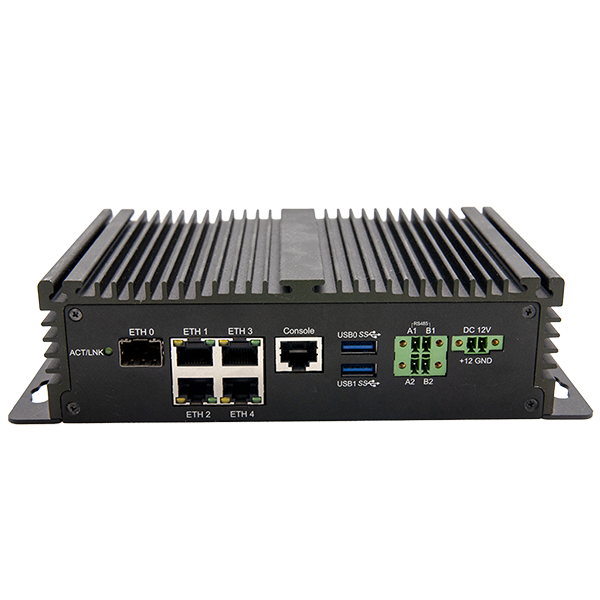
Industrial gateways connect industrial field sensors, control equipment, and instruments to networks for data collection, protocol conversion, wireless transmission, and device control. They support edge computing functionality, allowing data processing at the edge to reduce the burden on cloud processing. This meets the needs of industrial digitalization in agile connectivity, real-time business, data optimization, and application intelligence, while also addressing key requirements in security and privacy protection.
4. RTU (Remote Terminal Unit) Data Acquisition and Telemetry Terminal
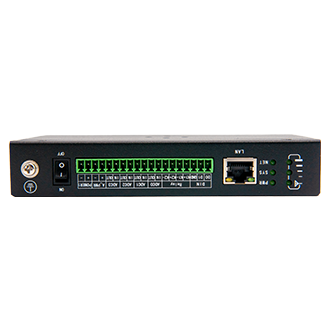
Industrial RTUs integrate functions such as data collection, reporting, telemetry, remote control, remote signaling, alarm, and storage. RTUs are industrial wireless communication devices installed in remote field locations to monitor and measure sensors and equipment. They are responsible for monitoring and controlling field signals and industrial equipment. RTUs convert measured states or signals into data formats that can be transmitted over communication media. They also convert data sent from central computers into commands to achieve functional control of equipment.
These devices play crucial roles in enabling wireless communication and control in various industrial applications, facilitating the transition towards more automated and intelligent industrial operations.
 KEY-IOT
KEY-IOT





